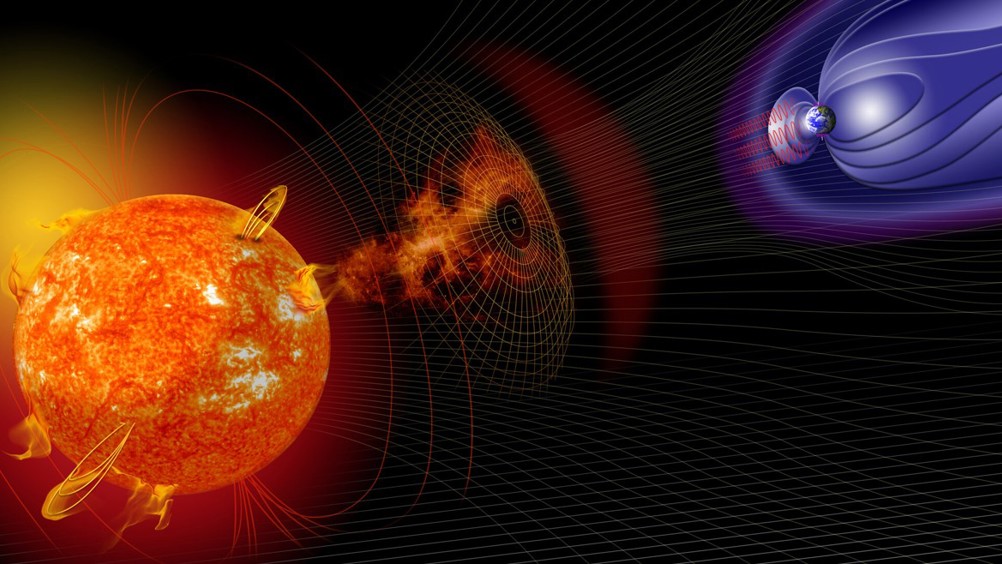Engineering a response to the solar storm threat
Space weather caused by solar storms has the potential to cause massive disruption to satellites, power grids and telecommunications on Earth. Ellie McCann reports on our efforts to prepare.

A blinding and lasting flash of white light, telegraph wires and towers engulfed in flames ensuing a blackout for days, green hazy hues across the night sky...
Whilst this may seem like the opening scene of an apocalyptic novel, it echoes accounts of the infamous 1859 Carrington event : an extreme geomagnetic solar storm that wreaked havoc on telegraph systems all over Europe and North America, sparked and electrocuted system operators, and produced dazzling auroras that were reported globally.
This geomagnetic storm is thought to have been initiated by a major coronal mass ejection (CME), an expulsion of Earth-directed plasma and magnetic field from the Sun’s corona, which took almost 18 hours to hit.
The event, named after its observer Richard Carrington, remains the largest geomagnetic storm recorded in history, and many believe that our modern technology and infrastructure would experience catastrophic effects if a storm of similar magnitude was to hit Earth today.
Register now to continue reading
Thanks for visiting The Engineer. You’ve now reached your monthly limit of premium content. Register for free to unlock unlimited access to all of our premium content, as well as the latest technology news, industry opinion and special reports.
Benefits of registering
-
In-depth insights and coverage of key emerging trends
-
Unrestricted access to special reports throughout the year
-
Daily technology news delivered straight to your inbox










Water Sector Talent Exodus Could Cripple The Sector
Maybe if things are essential for the running of a country and we want to pay a fair price we should be running these utilities on a not for profit...